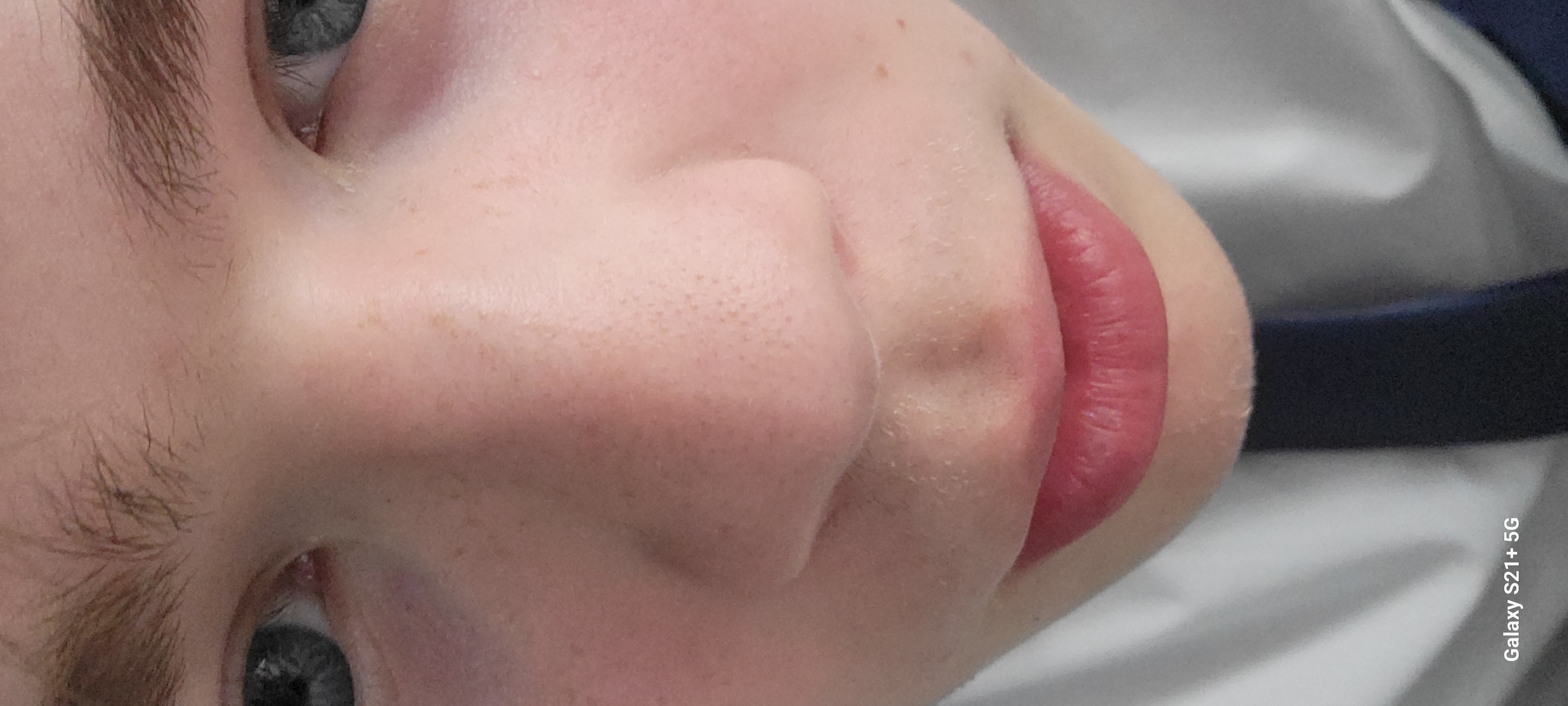Carbohydrates
Cards (23)
- What is the test for starch?
- What is the test for reducing sugars?
- Whst is the test for non-reducing sugars?
- What is a serial dilution?
- What is a condensation reaction?
- What is a hydrolysis reaction?
- What do carbohydrates contain?
- What is monosaccharide?
- What are the 3 monosaccharides?
- What is a disaccharide?
- What is a polysaccharide?
- What are the 3 disaccharides?
- What is the equation for maltose?
- What is the equation for lactose?
- What is the equation for sucrose?
- What is the structure of alpha glucose?
- What is the structure of beta glucose?
- What are the 3 polysaccharides?
- What is the structure and function of amylose?
- What is the structure and function of amylopectin?
- What is the structure and function of starch?
- What is the structure and function of cellulose?
- What is the structure and function of Glycogen?
